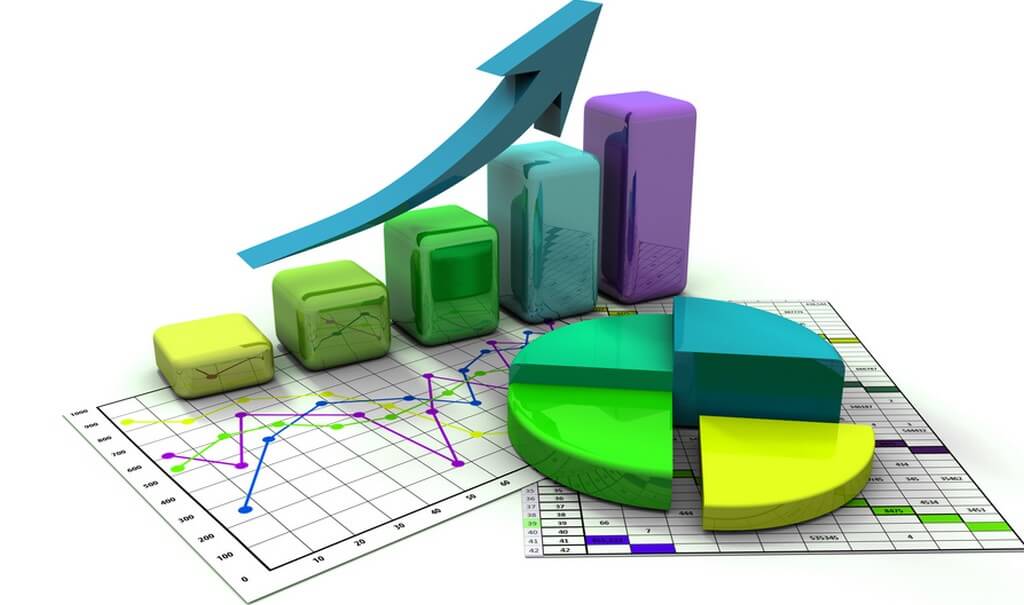Any business has the ability to optimize existing business processes, optimize costs and increase
efficiency. Therefore,
before making strategic decisions, it is necessary to understand how the company creates value. This
requires a value
chain analysis.
What is a value chain and why is it important? The value chain is a model that allows you to represent
all the elements
of value creation in the form of primary activities and support activities. The value chain was
proposed by M. Porter to
identify the sources of competitive advantage. The M.
Porter's value chain model is shown in
Figure 1.

Figure 1 - M. Porter's Value Chain Model
Thus, the primary activities include such as inbound and outbound logistics, operations, marketing and
sales, and
service. Support activities are those activities that are related to the maintenance of the primary
activities, i.e.
support activities are not directly related to the creation of a product. The support activities
include technology
development, human resource management, company infrastructure, and procurement.
The essence of the value chain model is to determine how individual processes and resources affect the
creation of
products (services). Consequently, the analysis covers the entire chain, i.e. all processes.
In general, value chain analysis involves three main steps. At the initial stage, it is necessary to
divide the
company's activities into primary and support. The next step is the distribution of costs for each
type of activity.
Further, the key activities are established that are the drivers of the business, i.e. those
activities that are
critical to customer needs and generate the most value.
Value chain analysis can achieve the following results:
- determine how the business is arranged
- identify strengths and weaknesses and compare with competitors
- find opportunities to optimize business processes
- determine the competitive advantages of the company, product
- identify opportunities to reduce costs
- determine a sustainable differential advantage
- determine the trajectory of business development
To ensure long-term growth and competitive advantage, companies must provide their customers with
unique experience and
work out all business processes, and value chain analysis will help to understand how to achieve this.
